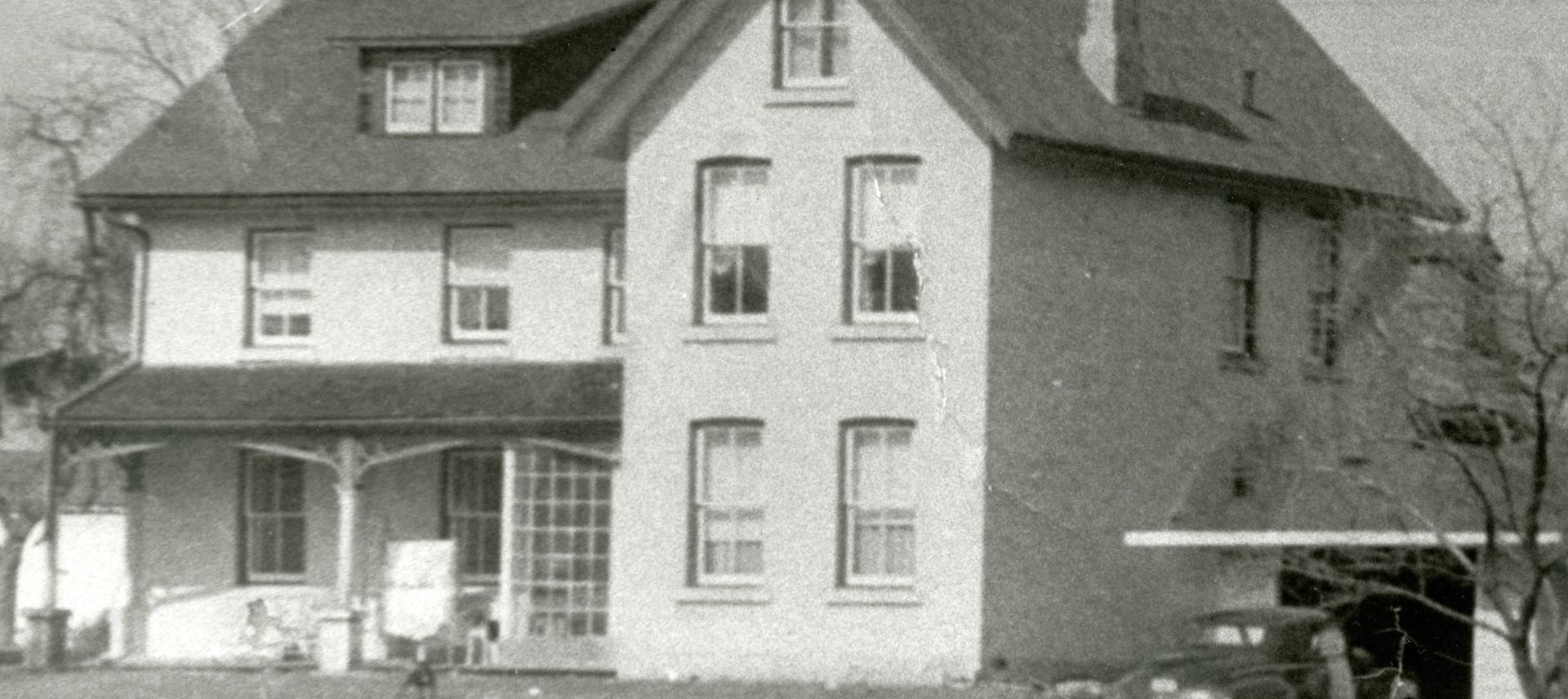The Tremaine map for Waterloo County 1861, located on the wall of the Grace Schmidt Room, is the most useful map for dating a building. Each lot holder is identified by name. Homes, schools, churches and mills are shown on the map.
For more information about land owners shown on the Tremaine map can be found in the Waterloo Township Cadastre in 1861 and the Index to Tremaine’s Map of 1861.
Fire insurance maps were produced in Canada between 1876 and 1973, and were used by insurance companies to determine the risk of insuring homes and businesses. The maps show the layout of streets and buildings in great detail, including the location, size and shape of the building, as well as the construction details.
Fire insurance maps often have two dates, an original date and a revision date. They are available upon request in the Grace Schmidt Room.
